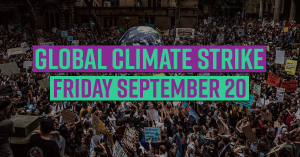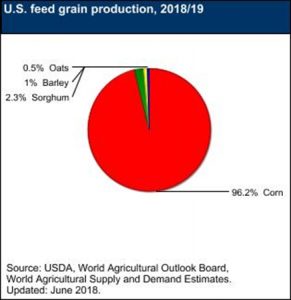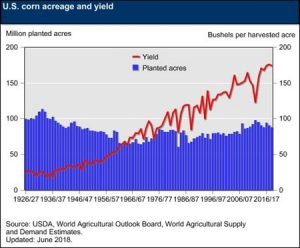Anna Justice
Greta Thunberg is a name everyone should know. She is a 16-year old from Sweden. When she was only 15, she decided to skip school on Fridays to advocate for the climate by standing outside the Swedish Parliament. She documented her actions on social media. Her feat went viral and began a school climate strike movement named ‘Fridays for Future’. Her tenacity and matter-of-fact attitude towards the harsh reality of the world has inspired people of all ages around the world to take a stand. So what? Why is a girl who skipped school getting all this attention? Well the answer is because she is calling attention to a world crisis that is not being treated as one.


On Friday, September 20th, 2019, more than 150 countries participated in the Global Climate Strike. Millions of people walked out from work, home, school to demand awareness and change. I along with other students from Furman University participated in the Global Climate Strike in Greenville, South Carolina. Honestly, this is something I never saw myself doing. When I first showed up downtown in front of City Hall, I was nervous and unsure that I should be a part of this. Growing up, people I looked up to would criticize protesters. They would comment how protesters are just crazy fanatics and they would judge them for not ‘having better things to do’. The point of a protest is to make a statement. I never have doubted that I have a voice in this world. However, I did doubt that people would listen. During the strike, they had people share their thoughts on the climate crisis and why they chose to show up today at the strike. People who didn’t speak held their signs proudly up in the air and in silence, took a stand. Everyone was listening actively and encouraging one another. There was this fervor and love for the planet and people. I saw genuine respect for each other, and I felt a strong sense of community which I truly did not expect being surrounded by strangers. Standing there, holding my own sign, I could not think of something better I could be doing. For once, I felt that I was a part of something that matters. I was part of something good that will maybe help us all to be better.

In two days, on Friday, September 27th, there will be another strike titled ‘Earth Strike’ to call for political action. According to the Global Climate Strike website, they know there is added power in sustained actions, therefore by having two protests, they hope to match the scale of this climate emergency.
There was a purpose for these dates specifically. The two protests frame the UN emergency climate Summit which was held in New York, on September 23rd, 2019. At the UN Climate Action Summit 2019, leaders not only came ready to discuss the climate crisis, but with plans of actions of how their country will contribute. Below are some of the commitments made during this meeting:
- 66 countries committed to achieving net-zero emissions by 2050
- 12 countries made financial commitments to the Green Climate Fund which teaches mitigation and adaptation practices in developing countries so they will be able to counter climate change.
- The Russian Federation joined the 2016 Paris Agreement, bringing the total number of countries to 187. The Paris Agreement aims to limit global warming to only a 1.5 degree Celsius increase)
- Countries including France and New Zealand will not allow oil or gas exploration on land on in offshore waters
- South Korea plans to close 10 coal-fired power plants by 2022
The Global Climate Strike is making history and people in power are listening. It will be interesting to see how countries will implement these initiatives and how people respond. The state of the world and how much climate affects everything, and everyone is a really big pill to swallow. Yet, we have Greta Thunberg and the UN showing us that we, the people, are in charge of what happens next. What do we want for the world and what do we want for our future generations?
https://whatsyourimpact.org/greenhouse-gases/carbon-dioxide-emissions
https://globalclimatestrike.net/
http://ens-newswire.com/2019/09/25/un-climate-action-summit-yields-rich-funding-promises/

